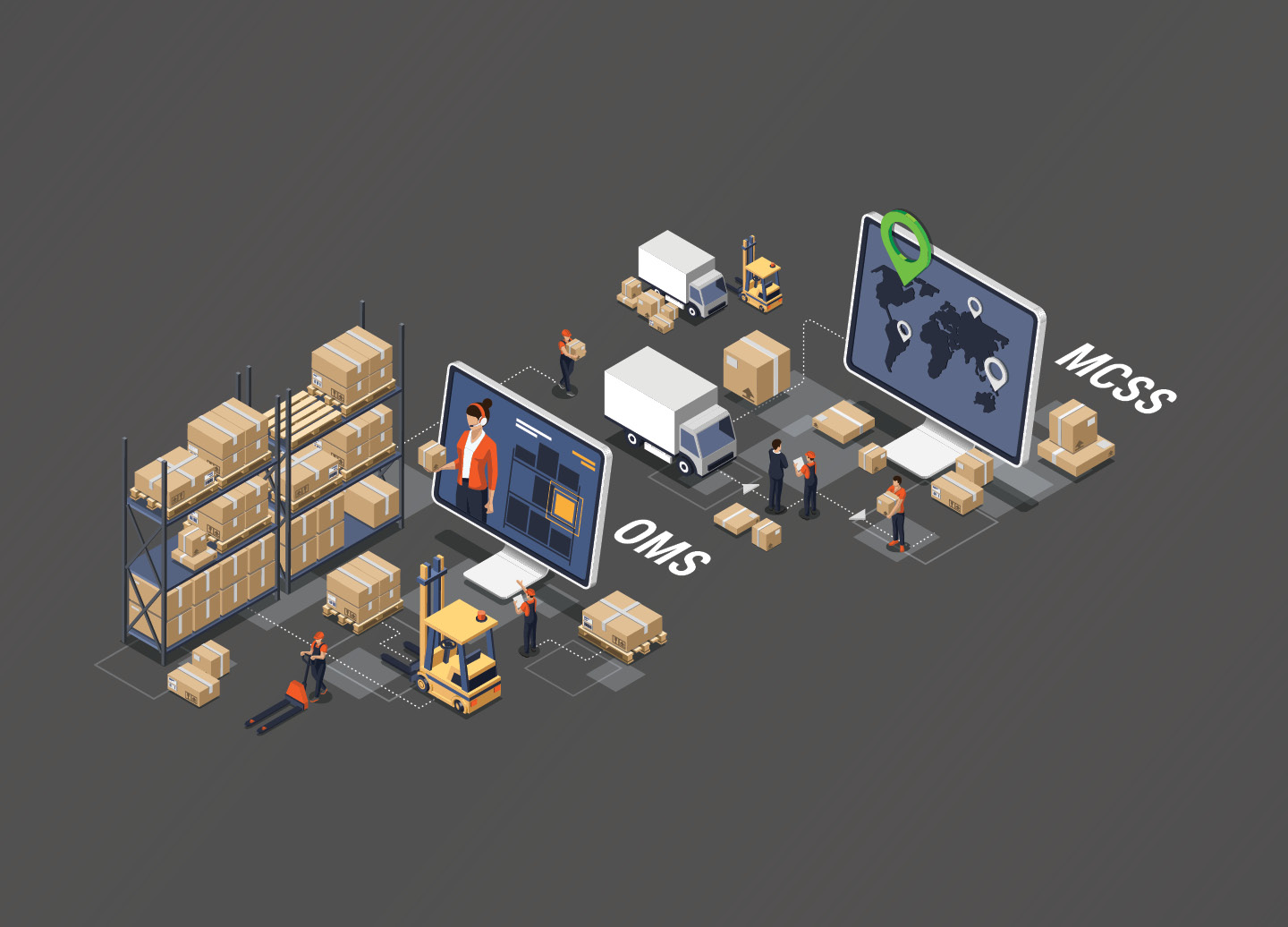Top 2 Most In-Demand Parcel Shipping Technologies

ProShip highlights the shipping tech that you need to have and how they can help you succeed.
In the modern world, efficient order fulfillment requires technology that can handle any logistics challenges that an omnichannel world sets forth. While it is well-known that pairing a WMS with shipping software dramatically expands fulfillment strategies, there is a new combined technology integration that has become the latest evolution of continuous improvement within the parcel shipping space.
To be competitive in today's market, you're business needs these two parcel shipping technologies:
For those unaware, we are sharing the 2 most requested and required technologies that your enterprise technology stack can’t afford to be without.
#1: OMS Order Management System
An order management system (OMS) is a software system that streamlines all aspects of the life cycle of an order, from managing inventory to the actual order processing. The system looks at all your inventory sources including stores, warehouses, third-party logistics (3PL) providers, or wherever your inventory is stored.
An OMS allows a secure connection to the systems that make inventory visible, whether that is the OMS, WMS, POS, or the ERP. Without an OMS, it would be a challenge to maintain accurate inventory levels within some channels of your supply chain, i.e., your stores. A multitude of reasons could be the source of inventory inaccuracies in stores including theft, breakage, inaccurate shipping counts, preorders that are listed as regular stock, as well as employees selecting inventory for themselves first.
In addition, an OMS can accurately compare a total shipping cost for the entire order and determine where the best savings lie – whether that is shipping completely from warehouse B or shipping partially from stores A & C. An OMS helps fulfill an order involving shipping items from multiple locations, most often without a rise in cost.
The greatest benefits to an OMS lie with retailers who do not stock all their individual items in every inventory channel they have, especially those with thousands and thousands of SKUs. An OMS helps meet customer expectations because they can use any channel order products and even decide if they want them delivered or buy online pickup in-store (BOPIS).
There are also great benefits for manufacturers looking to ship direct-to-consumer (DTC). In order to create a successful DTC parcel shipping strategy, manufacturers absolutely need to determine an OMS to fit their new needs. In transitioning to DTC, manufacturers need to look at all their inventory sources (plants and warehouses) and consider adding micro-warehouses near population centers. An OMS can allow quick connection of these locations to the DTC fulfillment process.
While an OMS can increase efficiency and automate order management processes, it is typically only currently used by Fortune 500 companies.
The opportunity is there for mid-range companies to adopt this technology and enhance their supply chain function throughout their organization with additional visibility into order status and inventory management.
Most of these companies already have a point of sales (POS) system within their technology stack, so an OMS can easily be integrated to further omnichannel and e-commerce initiatives. [See ProShip’s technology partners]
#2: Multi-Carrier Shipping Software
An OMS works well on its own, but once combined with a multi-carrier shipping software, shippers can source the closest inventory and compare the costs of multiple shipping methods across carriers and services. A top-notch multi-carrier shipping software system maintains carrier compliancy with accurate shipping labels and keeps track of any changing rates and regulations offering a fast, compliant shipping solution that solves multiple customer pain points such as compliance, speed, omnichannel fulfillment and carrier diversification.
The speed of your shipment processing can gauge the efficiency, quality and productivity of your entire enterprise. Such quick processing speeds powering through shipments in under milliseconds ensures you will meet and even exceed delivery promises. Top businesses require high-performing technology that is fast enough to handle unlimited shipping demand from several locations and real-time processing of complex business rules. [See more on Complex Business Rules.]
Multi-carrier shipping software is the only true solution for enterprises looking to take on an omnichannel fulfillment strategy. This solution helps shippers to maintain the delivery window promise created during the shopping cart step - enabling quick delivery options, even same delivery services, for inventory at multiple locations. Visibility of inventory locations and the ability to cut shipping distance are compelling benefits for implementing a multi-carrier solution.
At a time when a good mix of major and regional carriers is necessary (i.e. carrier capacity limitations and increased surcharges), a multi-carrier shipping software is the best way to diversify your carrier mix. Without the right shipping software, onboarding new carriers can be time-consuming and full of problems. In addition, a multi-carrier solution allows for rate shopping within one interface as well as ensures carrier compliance – an around-the-clock necessity, but especially important during prep for any upcoming peak season surcharges. [See: Advanced Date Shopping, a new form of rate shopping]
Overall, investing in a multi-carrier software solution lets you reap remarkable rewards including carrier volume balancing, managing carrier updates and surcharges, omnichannel initiatives and any business rules changes.
With a year of unprecedented e-commerce in the forefront of their minds, supply chain professionals are looking to take steps to reduce inventory errors, delays, and additional overhead costs associated with their supply chain activities. Shippers should be empowering all inventory channels – both digital and brick-and-mortar – to compete in the omnichannel environment. With innovative technologies like OMS and multi-carrier shipping software in their tech stack, brands can create a seamless supply chain experience, offering visibility into every step of the order process.

To help you convince your team that a multi-carrier shipping software is the right tech to add to your Enterprise Software Stack, check out ProShip’s eBook, [Decoding the Data] Using Peak Season Lessons to Build the Case for Shipping Software. Hint: We also offer a companion interactive workbook!

